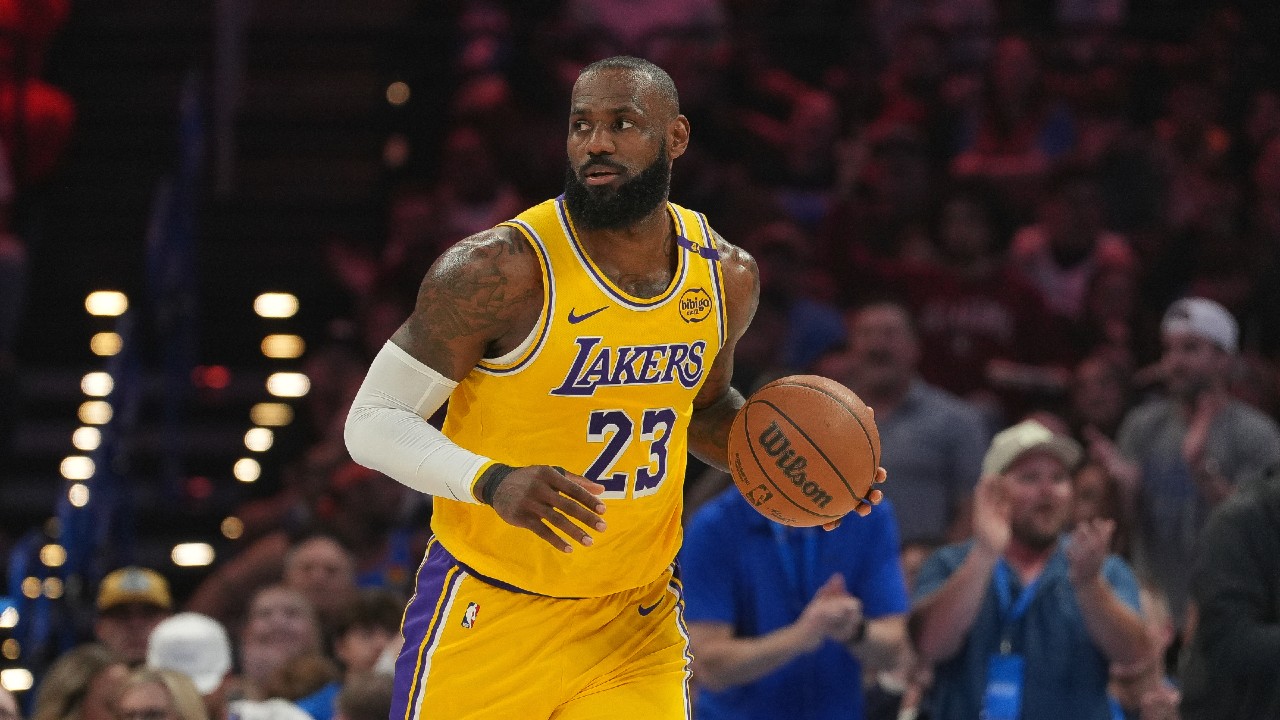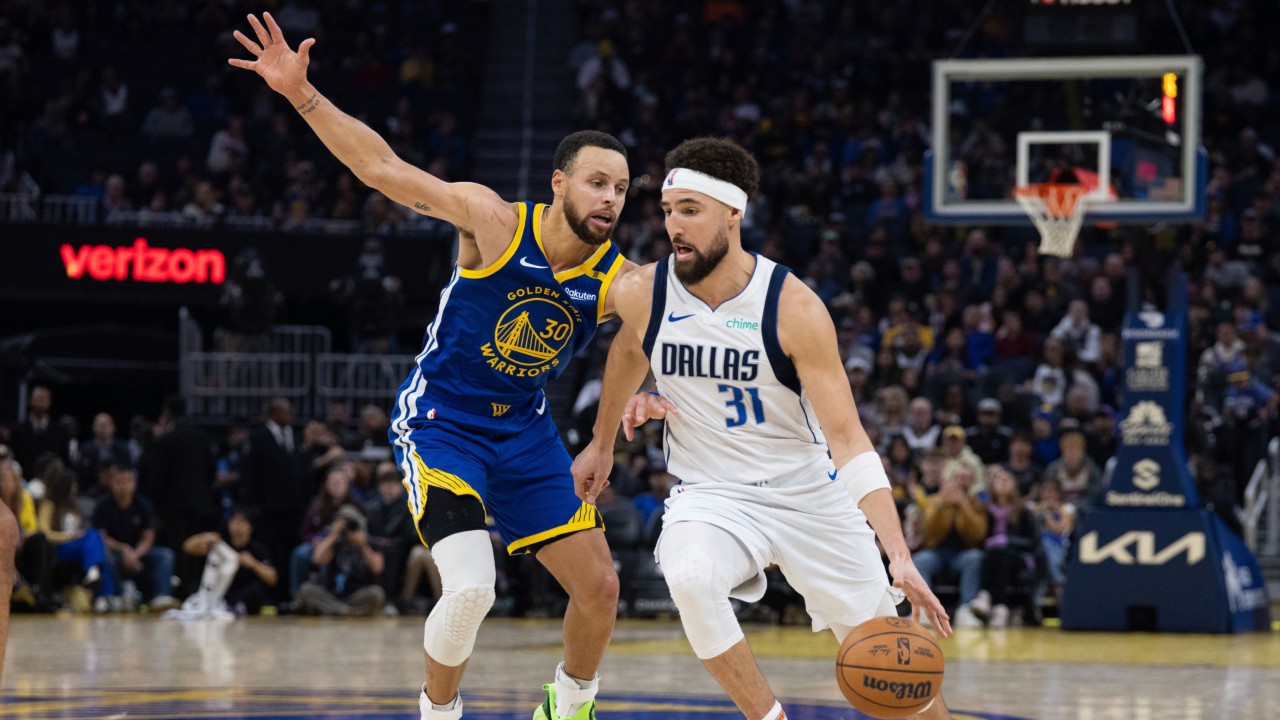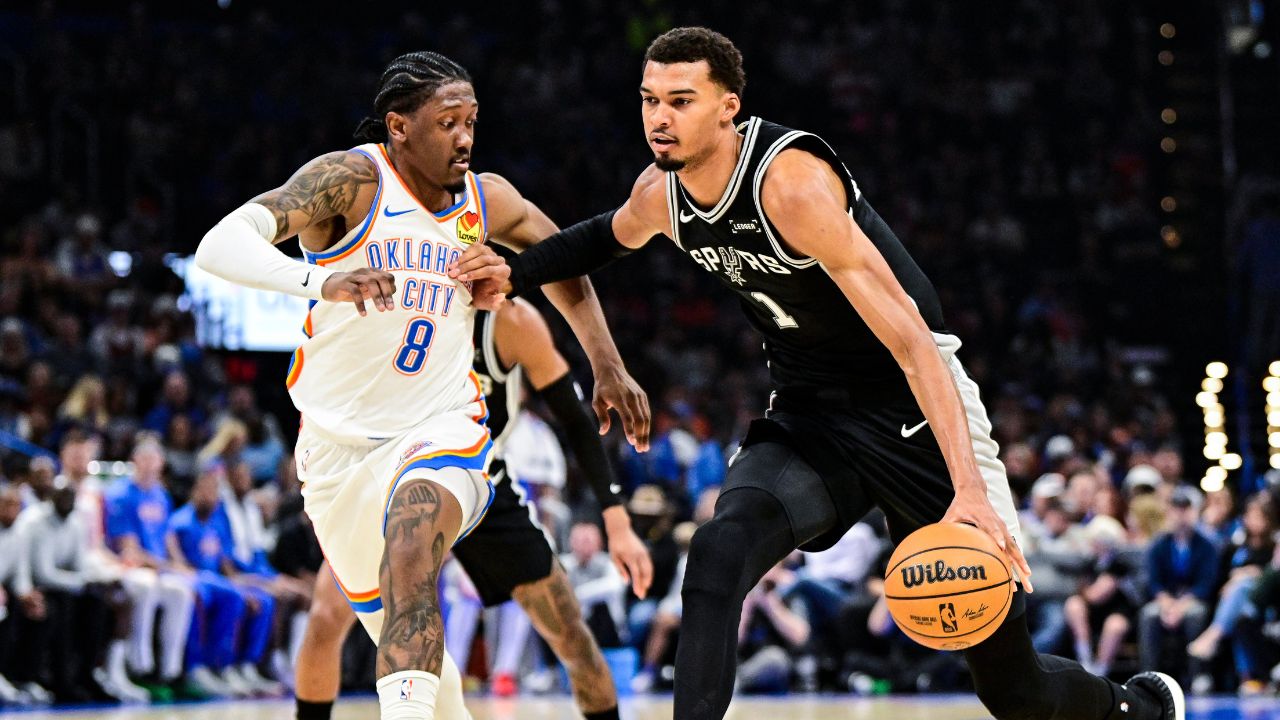
ROSTERS WITHOUT BORDERS
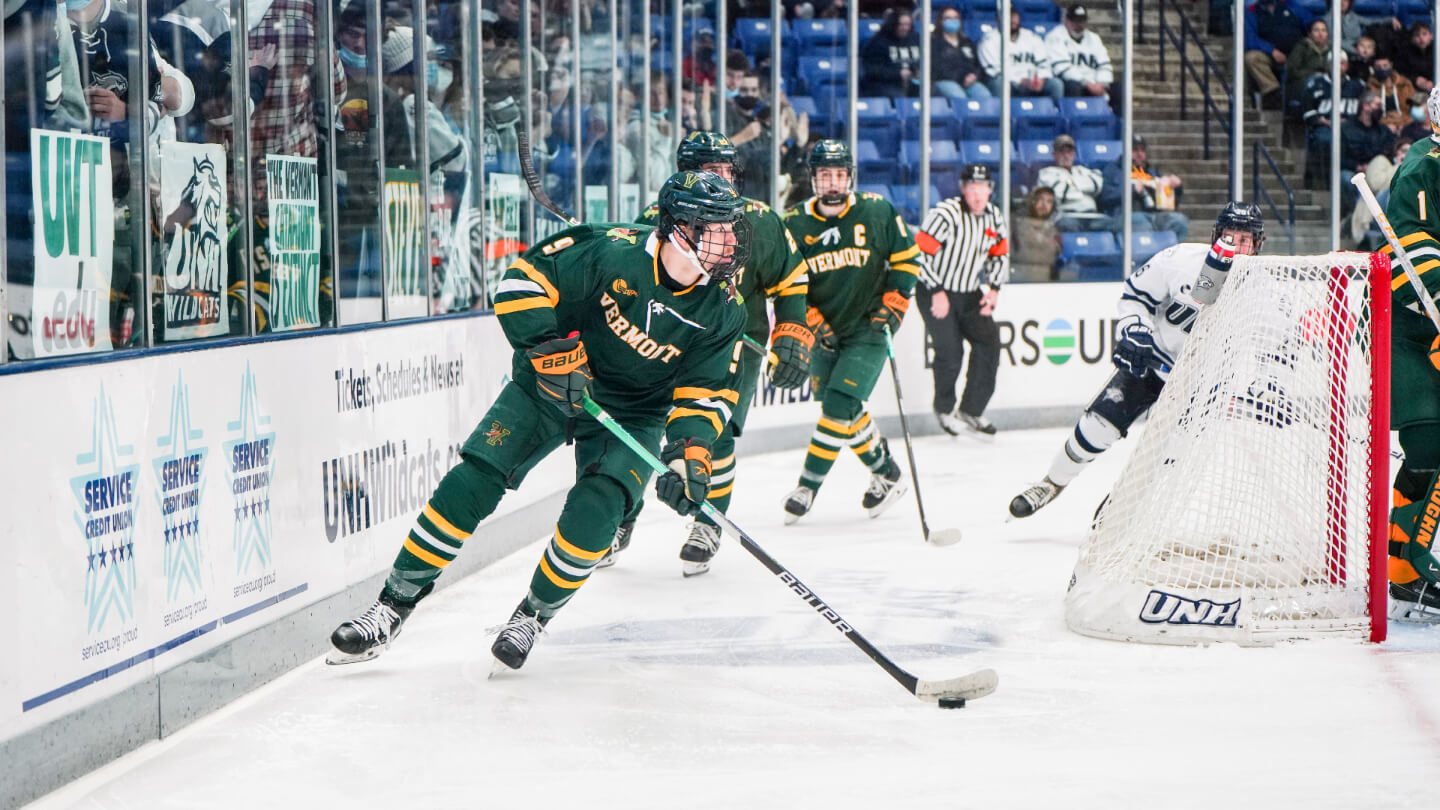
P
atrik Laine always chuckled a bit when Todd Woodcroft repeated the promise: One day, the coach was going to learn to greet the young sniper in Finnish. Laine surely knew his native tongue is almost comically inaccessible for those who don’t grow up speaking it, but Woodcroft is a man of his word — in a few languages. At the time, Woodcroft was an assistant on Paul Maurice’s Winnipeg Jets staff and one day, as the two coaches were breakfasting together at the team facility, the players started rolling in. “I was just sitting there eating cereal with Paul and Mathieu Perreault comes in and I said ‘Good morning to you. How you doing today?’ in French,” Woodcroft says. Next it was Marko Dano, who got a greeting in Slovakian. Woodcroft then exchanged pleasantries with Dmitry Kulikov in Russian, followed by Tobias Enstrom in Swedish. Finally, Woodcroft trotted out his Finnish for Laine, who just kind of laughed as he walked by. By that point, Maurice had paused his cereal consumption. “He had his spoon down and he said, ‘You’re Jason Bourne,’” Woodcroft recalls. “He’s like ‘How many passports do you have?’”
Woodcroft has never had to escape gunfire by leaping off a third-story balcony, but that scene from about five years ago illuminates why, in his current role as head coach of the University of Vermont Catamounts, he’s well positioned to win recruiting battles on a relatively new front. The number of Europeans playing NCAA hockey has tripled in the past decade, and Woodcroft, now in Year 3 behind the Cats’ bench, has built the most international roster in college hockey.
But it’s not only kids coming across the Atlantic who are changing dressing-room dynamics in Vermont and across the United States. Division 1 men’s hockey is slated to have 64 programs next year, up from 62 this fall and more than it’s ever had previously. In short, the college game is growing in every sense, and while nothing comes easy in this ultra-competitive world, Woodcroft and his staff are working around the clock — and the globe — to get his team moving up the ranks.
T
imofei Spitserov was 10 years old when he first crossed paths with Woodcroft in 2012. The former was a wide-eyed youngster attending a Pavel Datsyuk hockey camp in Russia, where Woodcroft and his brother, Jay, were lending their expertise. Jay, who’s now coaching Connor McDavid and the Oilers, got his NHL start as a video coach with the Detroit Red Wings when Datsyuk was one of the world’s best players. The Woodcroft brothers travelled overseas for 10 years to help the puck wizard build a not-for-profit hockey academy that made stops all over Russia each summer. Spitserov, even at that early age, wanted to learn everything he could about the best way to chase his NHL dream, and Woodcroft was happy to act as a sounding board. “At that time, Todd was speaking way more Russian than I was speaking English,” Spitserov says with a laugh.
Now a sophomore right winger with Vermont, Spitserov is one of 130 Europeans — eight of them Russians — on NCAA rosters this fall, according to numbers compiled by College Hockey Inc. That number has grown from 40 in 2012, and the further back you go, the smaller it gets. Yes, people like Columbus Blue Jackets GM Jarmo Kekalainen and 2003 fifth-overall pick Thomas Vanek had come from Europe to play college hockey previously, but they were exceptions to the rule. Even relatively recently, many Euros simply had no real concept of NCAA hockey. “When I first arrived in Sioux City [to play Jr. A at 17], I actually didn’t know anything about college hockey, really,” says Vermont sophomore centre Joel Maatta, who came to the Musketeers in Iowa because trusted people told him his style was well-suited for the North American game. “I just went to play in the USHL and didn’t really have a plan [for]what I wanted to do.”
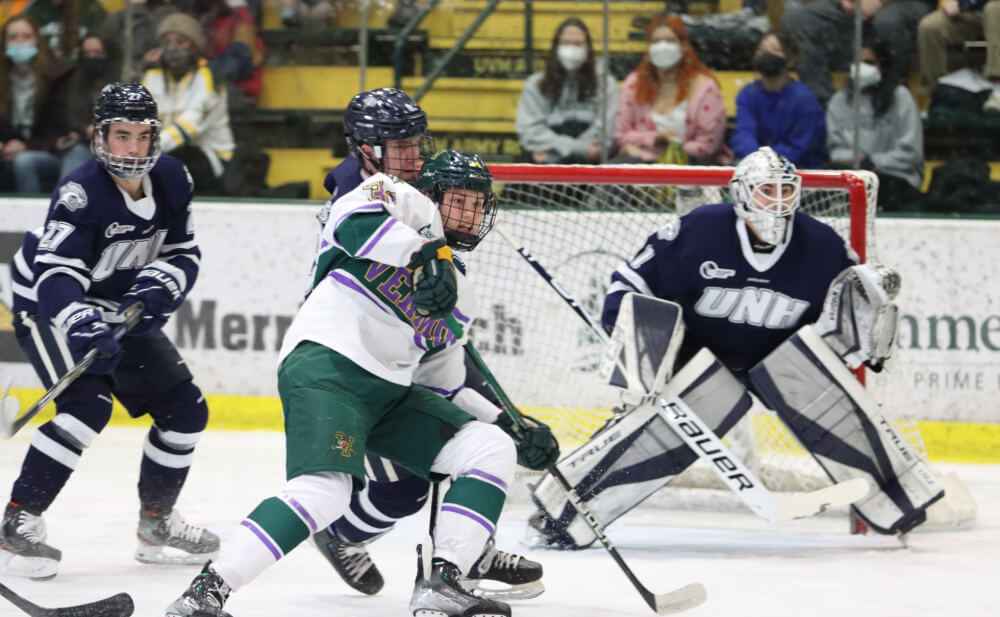
By contrast, Woodcroft most certainly had a blueprint in mind when he left the Jets and a nearly 20-year run coaching and scouting in the NHL to join the Catamounts. It was in the spring of 2020, just after COVID introduced its awful self to the world. Though Vermont had a proud history — alums include 50-goal man John LeClair, Hart Trophy-winner Martin St. Louis, Conn Smythe-winner Tim Thomas and, more recently, 2021 Cup champion Ross Colton of Tampa Bay — the Cats were coming off a five-win season in 2019-20 and had posted sub-.400 winning percentages the two years before that while playing in the extremely tough Hockey East conference. Woodcroft knew he had to unearth some skill, but also had to be realistic about competing with heavyweight programs for top talent. “When I first got there, I was pretty aware we weren’t going to win recruiting wars in Boston,” he says.
With travel basically off the table, Woodcroft, who first got his toe in the door as a video coach with the Minnesota Wild, flipped up the laptop and started crushing tape. The Toronto native is obviously not the only coach scouring foreign lands for gems, but his network may well be the most diverse. Woodcroft, who lived in Sweden, Russia and Belarus during his scouting days, was now recruiting the likes of Andrei Buyalsky out of Kazakhstan and Simon Jellus from Slovakia. The 10 non-North Americans currently on Vermont’s roster — none of whom pre-date Woodcroft’s arrival — represent seven different countries. “And look at how many of them are drafted, too,” says prospect guru Chris Peters, referencing the fact five of the team’s Europeans have been selected by NHL squads. “They’re guys who have some status in the game.”
As you’d expect, there’s a bit of a snowball effect in terms of Euros choosing NCAA hockey. Ten years ago, 40 guys were going back home and telling their friends about their experience; pretty soon it’ll be 150. Peters — a senior content creator at the site FloSports who’s previously worked for ESPN and CBS Sports — says the World Junior Championship has also been a great showcase for college hockey, as Europeans are watching loaded U.S. teams win medals with rosters full of NCAA guys. Then there’s the overarching fact that, in basically every regard, the world has become a much smaller place. “I don’t think there’s a recruiting backyard anymore,” Woodcroft says. “If you have a laptop and you have the internet, you can recruit players from across the world.”
That’s also true within this continent. Where once Massachusetts or Minnesota guys were a shoe-in to stay in their own hockey-mad states, nowadays players are far more likely to haul their gear to another region if they like the pitch. Canadians, of course, have always accounted for a huge portion of college hockey players. What seems to be changing, though, is the profile of some of those athletes. Major junior hockey has long reigned supreme north of the 49th and if you were a no-doubt NHLer, that has been viewed as your best stepping stone to the world’s best league. According to Hockey Reference, from 1979 through 2020, only six Canadians were selected from U.S. colleges in the top five picks of the NHL Draft. In 2021 alone, however, two players — first-overall pick Owen Power and fifth-overall selection Kent Johnson — bucked that trend. Next up is GTA-born Adam Fantilli, who has rocketed out of the gates as a freshman with the Michigan Wolverines (the program that developed both Power and Johnson) this year and could conceivably be the first or second selection after Connor Bedard next June. Meanwhile, 2006-born Mack Celebrini — a Vancouver boy touted as a possible top pick in the 2024 draft — is playing for the same USHL Chicago Steel squad Fantilli played for last year and has made a verbal commitment to play for Boston University. Throw in the likes of defenceman Keith McInnis and forward Sacha Boisvert — both very intriguing 2006-born Canadians opting for the college path — and it’s starting to feel like something has shifted. “It’s not a huge trend, there aren’t a ton of players doing it,” says Peters. “But the quality of the players doing it is pretty substantial.”
It’s all music to the ears of Mike Snee, the executive director of College Hockey Inc. That three-person organization, which is spiritually aligned with the NCAA but technically an independent not-for-profit, was founded in 2010 to educate kids and families about the virtues of college hockey. Snee is spreading the gospel by appealing to both head and heart. “These schools are athlete factories,” he says, noting it’s just an unquestioned part of the sporting fabric in America that the biggest football and basketball stars pass through the college ranks. “You’re going to be training in the most amazing athlete training facilities you’ll ever see with professional strength and conditioning coaches, nutritionists, sports psychologists that all these athletic departments have on staff. Yes, you’ll have your hockey team of 25 players, but you’ll [also]have your athletic department of 300-plus world-class athletes.”
Snee’s sense is that Canadian attitudes toward college hockey have evolved a lot in the past 10 years. No longer is the NCAA viewed simply as the spot to go if you’re an undersized D-man who needs four years to grow. The competition is strong and the lighter schedule — an aspect some NHL suits have historically listed as a detriment — allows for loads of skill development and training. Also, more and more kids who go undrafted and blossom late are being signed as free agents after their junior or senior years. Then there’s the emotional component. While it’s impossible to quantify, Snee is steadfast in his belief that student-athletes tend to forge fierce, lasting bonds with their chosen institution. Let’s face it, campus life is pretty good for a young athlete and the game experience at many of these intimate venues can tingle the spine. In an interview about his decision, Boisvert — the young Quebecker who’s verbally committed to the University of North Dakota — said he saw a game at rollicking Providence College when he was 11 years old with the rest of his youth hockey team and decided right there and then he wanted in. Every path has its pros and cons, but some of the stereotypes around NCAA hockey are starting to seem antiquated. “There’s no NFL GM that goes, ‘We really like that Alabama quarterback, but he only played 11 games last year,” Snee says.

M
aurice may have once referred to his then-assistant as Jason Bourne, but Woodcroft’s actual nickname with the Jets was ‘Gift Card.’ It was a loving jab at the guy who handed out the little presents to anybody who ever did right by him. “He’s a truly wonderful guy,” says Maurice, now coach of the Florida Panthers.
Woodcroft, who grew up in the Don Mills area of Toronto, says his blue-collar parents poured the foundation for the type of people he and his brothers became. His mom, Jem, was especially adept at turning everything into a teachable moment. Maybe it’s no surprise, then, that all of Jem’s hockey-loving sons became coaches. Todd’s older brother, Craig, is a KHL bench boss in Belarus who’s also worked in Germany and Switzerland. Jay, meanwhile, put in many years as an NHL assistant before taking over the top job with the Oilers. When they were kids, Todd and Jay used to hold drafts where they would select NHLers and put them on a set of teams, play out games and keep track of goals and assists. If Todd was Ray Bourque when he scored a goal, that was recorded in Ray Bourque’s stat line. For all the times the boys pretended to be NHL stars, every once in a while No. 99 himself would show up thanks to the fact one of the Woodcroft’s neighbours just happened to be early NHL super-agent Gus Badali. “We would walk by the Badali household and see Wayne Gretzky, and Wayne would come out and play ball hockey with us,” Todd recalls.
If good bounces had a way of finding Woodcroft, he was certainly prepared to take advantage when they did. The video coach job with Minnesota eventually turned into European scouting for the Los Angeles Kings. That’s when Kings GM Dean Lombardi left an imprint on Woodcroft about the human side of the business. “L.A. instilled in me, you need to know the players as people,” he says. “But before you get to know the players, you have to know the coaches. You have to go through the front door.”
Maurice had no prior history with Woodcroft when the latter landed with the Jets in 2017. As he learned who Woodcroft was, he figured out how to best put his skillset to work. First off, his video background made him a natural to pre-scout upcoming opponents. Woodcroft had an endless ability to consume and dissect hockey games. “He knows everybody’s systems,” Maurice says. “And that is European hockey as well.”
Woodcroft’s aptitude for teaching and communication also made him the right guy to work closely with Winnipeg’s young players. “Long before I would pick up on it, he would know a guy was having a hard time or there was something going on,” Maurice says. “And it’s honest and real. So, the younger players would gravitate to him.” Those are obviously also good traits for a college coach, regardless of where his kids come from. “He cares about you, not just as a hockey player,” Spitserov says.
Of course, everybody at Vermont is invested in getting some wins. Woodcroft’s first year was the truncated and upside down 2020-21 campaign, and the squad won just one of 13 contests. Last season they went 8-25-2, and this year Vermont just got a big homecoming win over Holy Cross on Saturday to register its first ‘W’ of the season in five tries.
Building what they have in mind is a long game and the whole staff is here for it. Last August, at the make-up 2022 world juniors in Edmonton, Woodcroft was an assistant on the Swedish staff thanks to a long-standing relationship with the federation. Two of his lieutenants in Vermont — Scott Moser and Stephen Wiedler — were also assistants on European benches for the first time in their fledgling careers. Woodcroft highlighted their efforts as an indispensable part of the building process, and there’s definitely a win-win element to all their international work. “[It’s] good for the [European] federations,” Woodcroft says. “They’re getting young, hungry coaches with a different perspective. [It’s] good for the coaches and Vermont because they’re getting an in and making connections to kids who might now be thinking about playing NCAA hockey. And guess where they might end up? Any players who are going to come internationally, we will be there first and they’re going to know us and we’ll have relationships with their coaches and their federations. We’re a hard-working group of coaches who demonstrate our integrity every day by how we work. It’s all part of the long plan of making this a national contender.”
Of course, Woodcroft isn’t recruiting in Europe at the expense of North America. He wants to get a strong foothold here, too, and find any player who will perform well for UVM. Whatever passport they carry, players on this year’s or future Vermont squads are going to hear the same thing from Woodcroft: It doesn’t matter where your home was, this is your home now. “When you throw the jersey on, it doesn’t matter if you’re from Helsinki; it doesn’t matter if you’re from Chicago,” he says. “You’re in Burlington; you’re playing for the Cats.”
It’s a nickname they’re all proud to wear.
Pete Estes/UVM Athletics (3)


